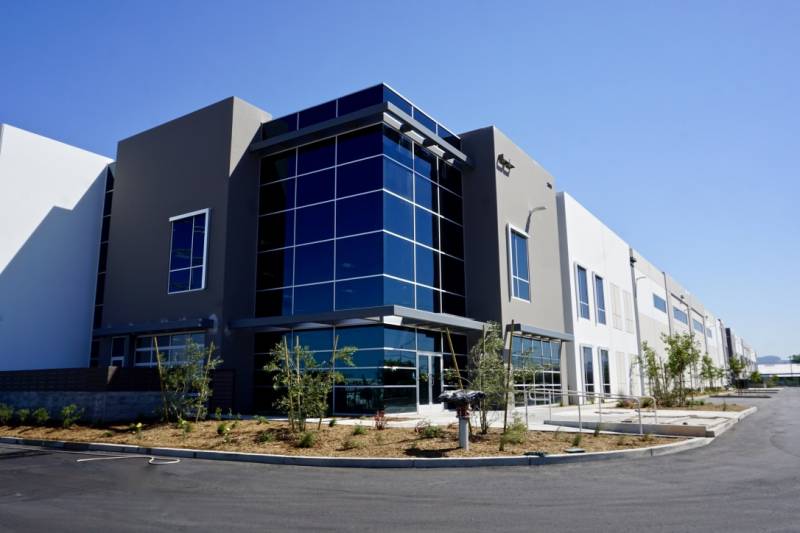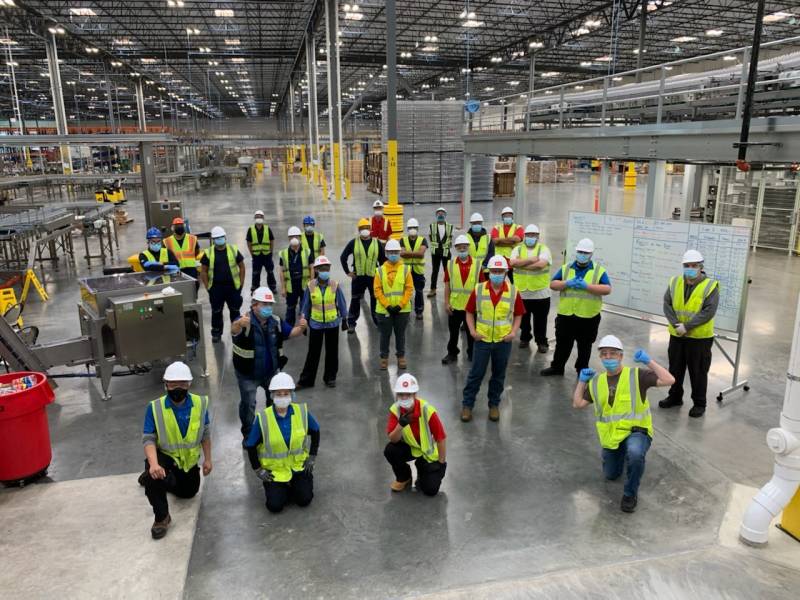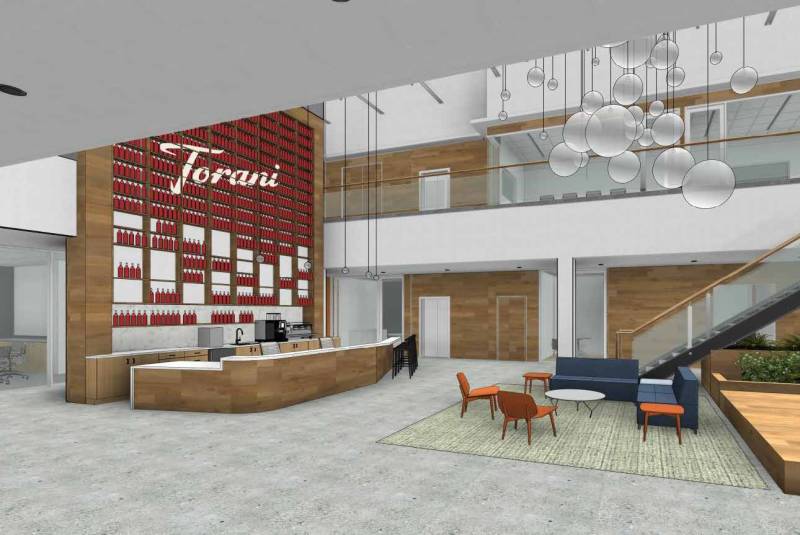Before the COVID-19 pandemic, the Torani Syrups factory lunchroom was where employees gathered around the table, shared meals and took breaks. Now, everything has changed. Chairs have been removed to promote social distancing; every employee is required to sanitize their eating area and workspace; bosses have changed the way they bring in food for their workers on special occasions. Now that the Bay Area company is in the process of moving its South San Francisco facility to San Leandro, it’s facing challenges it never expected.
Torani first announced plans to move back in December. The company had outgrown its space, and the rent was going to increase. “We were faced with a need to move to continue to grow,” says CEO Melanie Dulbecco. “We’re currently paying rent in three locations right now, and it’s really hard. Rent in the Bay Area is not an easy thing.”
Then March marked the start of the Bay Area’s shelter-in-place orders, and the company encountered a whole new set of hurdles. It’s one thing to move a factory under normal circumstances. There’s an update in technology, training employees on the new factory lines, compliance certifications, fire alarm testing and a massive migration of people.
But during the pandemic, Dulbecco had to figure out how to do all of that safely. She originally had plans to move in May and in the beginning of June. But that was no longer feasible. The company developed a task force to look at different solutions. It was able to extend its lease on one of its South San Francisco buildings for a month. “It was expensive, but we needed to do it,” says Dulbecco. “We couldn’t extend the other building because Amazon is already renting it. So we’re up against a wall.”
And Torani couldn’t wait until the pandemic and shelter-in-place cleared to start the move. “We wanted to move forward, and we needed to move forward,” says Dulbecco.

The company is currently still producing in South San Francisco, with a quarter of production now happening in the new San Leandro space. The goal is to move one line of production at a time, which takes about six weeks to install. “It’s taken a lot of heroics on part of the team members,” says Dulbecco.

